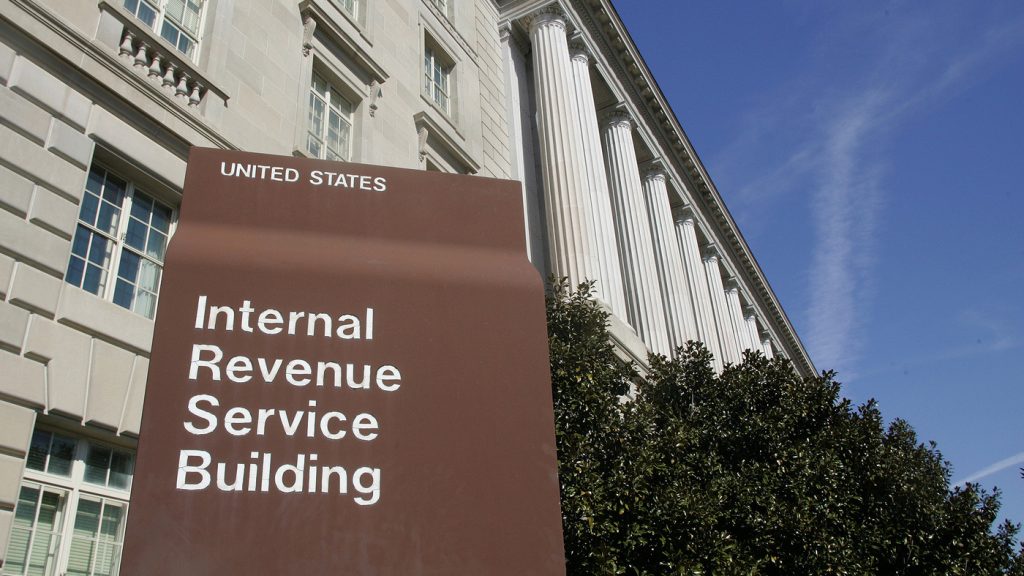An IRS regulation released last Friday sanctions a widely derided tax dodge that allows profitable businesses to avoid taxes by sending money to private and religious school voucher funds. It also leaves the door open to a brand of state and local tax (SALT) cap workaround that previously appeared to be on its way out.
The rule is the second batch of final regulations pertaining to SALT cap workarounds and the private-school-donor tax shelter, which ITEP has written about extensively. Prior to Friday’s release, the IRS’s actions on this issue had been commendable. But the new rule was accompanied by the startling admission that it merely “limits the possibility of abuse” instead of eliminating it. In other words, the IRS is all but announcing that some SALT cap workarounds will be allowed to continue, including a pared-back version of the tax shelter associated with donating to private and religious K-12 school voucher funds.
This outcome is both alarming and unnecessary, as ITEP laid out a more comprehensive solution in its official comments on this latest round of regulations, and the IRS still has options for eliminating this abuse outright.
Using Charitable Deductions to Turn a Profit
For more than two years the IRS has been working to stop so-called charitable donors from using state tax credits and federal tax deductions in tandem to reap tax cuts larger than their donations. In other words, to stop upper-income taxpayers from turning a profit under the guise of charity.
At issue are high-percentage state tax credits that reimburse donors for most, or all, of their donations to certain charitable entities—most often private and religious K-12 school voucher funds in red states, but more recently including public service initiatives in a handful of blue states. When a taxpayer donates $100 to one of these funds, for example, they are rewarded with up to $100 in state tax cuts. Prior to the IRS’s first batch of final regulations, high-income taxpayers facing the SALT cap would see this maneuver increase their federal charitable deduction by $100 (for a tax savings of $37 if claimed against the top 37 percent rate) and would see no change in their SALT deduction since they would continue deducting the same $10,000 maximum as before. The net result would be $100 in state tax cuts and $37 in federal tax cuts in return for a donation of just $100—a $37 profit. Another way of describing this maneuver is that the credit helped the taxpayer transform $100 in non-deductible SALT payments into $100 in deductible charitable donations.
In June 2019, the IRS officially ended this version of the scheme by stating the obvious: if you receive $100 in state tax cuts in return for a $100 donation, what you have done is not truly charitable and you are not entitled to a federal charitable deduction. In other words, state tax credits and federal charitable deductions can no longer be stacked to produce a profit.
The Business Expense Tax Dodge
This left the lawyers and accountants working on behalf of pass-through businesses (partnerships, S corporations, etc.) with an unanswered question: could their clients continue to combine state tax credits with federal business expense deductions to construct a variation on this profitable tax shelter? That is, could they continue to enjoy the SALT cap workaround if they assert that payments to charity weren’t made for philanthropic reasons, but rather as part of their business strategy? On Friday, the IRS answered that question with a qualified “yes.”
Example 2 provided in 1.162-15(a)(2)(ii) appears to offer a roadmap to SALT cap avoidance by explaining how a partnership can receive a business expense deduction for a so-called “expense” that was ultimately offset, in full, by a state tax credit. ITEP submitted official comments explaining how the example could be interpreted as allowing pass-through businesses to convert non-deductible SALT payments into deductible business expenses, affording a profitable tax dodge and SALT cap workaround of exactly the type the IRS had been working so hard to eliminate. In response, the IRS pointed to two low hurdles to receiving the business expense deduction and asserted that their existence “limits the possibility of abuse.”
The first hurdle cited by the IRS is that to receive a business expense deduction, the business must demonstrate that it had “a reasonable expectation of commensurate financial return” from making its payment to charity. In other words, the business needs to anticipate an improvement in its bottom line from giving the money away. The problem is that, in the case of state tax credits, the IRS has provided ample reason to think that this test is automatically satisfied, stating in the preamble to these newest regulations that:
To the extent that a C corporation or specified pass-through entity receives or expects to receive a State or local tax credit in return for a payment to an organization described in section 170(c), it is reasonable to conclude that there is a direct benefit and a reasonable expectation of commensurate financial return to the C corporation’s or specified passthrough entity’s business in the form of a reduction in the State or local taxes that the entity would otherwise be required to pay.
That is, if you will receive a $100 state tax cut in return for paying $100 to a charity, the financial return is self-evident.
The second hurdle cited by the IRS is that a business must show that the payment to charity had a “direct business relationship to the trade or business.” This hurdle is somewhat higher, but not by much. Consistent with past IRS practice, Example 2 shows that this business purpose test can be satisfied by mentioning the donation in an advertising campaign meant to boost the company’s name recognition and reputation. In other words, if the business is willing to spend some of the spoils from this tax shelter on an ad campaign, the business purpose test can be satisfied as well.
It is very likely that Example 2 will embolden some pass-through businesses to exploit this tax shelter by donating to existing programs, most of which are designed to fund private school vouchers. And the example may even spur some state lawmakers to construct new SALT cap workaround credits.
But there is also hope that the situation can be salvaged. Larry Zelenak at Duke University has noted that in cases where pass-through businesses are using these tax credits to satisfy the “commensurate financial return” test mentioned above, there is good reason to consider the credits as taxable income—thereby closing the shelter. (“Financial return” and “income” are nearly synonyms, after all.) Alternatively, if these credits are considered a form of tax-exempt income, the business expense deduction should be disallowed as businesses cannot deduct expenses associated with earning tax-exempt income.
The full ramifications of these new regulations remain unclear but many businesses will likely proceed as if Example 2 offers them a roadmap to a profitable tax shelter. The IRS should step in to clarify that this is not the case. This is a job that cannot be left half done.
Disclaimer: This analysis is not tax advice and should not be relied upon as such.





